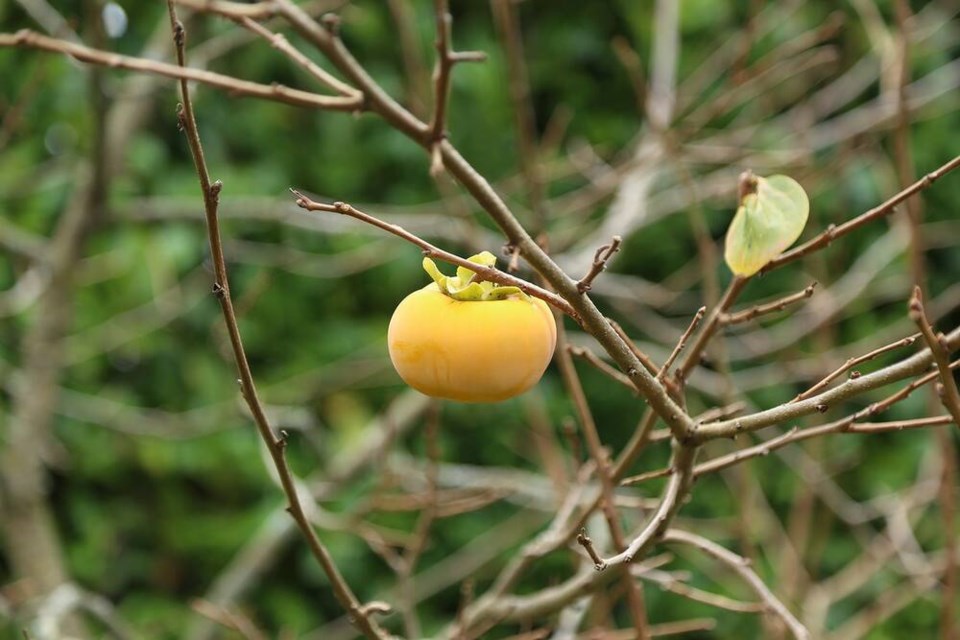It was, by my glass-half-full account, a perfect storm. Granted, we were without power for three increasingly cold days this past week, but the ferocious winds did a spectacular job of clearing out the worrisome stores of kindling-like debris that had accumulated high up in our cedar, spruce, hemlock and pine trees since the devastating heat dome of 2021.
Over the course of mere hours, hundreds of kilos of dead pine needle nests, rusty clumps of cedar feathers, broken limbs, lifeless moss, spikey bits and pieces of moth-ravaged hemlock and spruce fell to the ground, revealing fresh green and airy branches unburdened temporarily, by the weight of climate change.
I was reminded how beautiful and fragrant a freshly windswept forest can be, and also how remarkable it is that nature knows precisely when and where to clean house. Not ever have we experienced turbulence quite like that, but we needed it. The trees most definitely needed it.
I am gobsmacked always, by nature’s intelligence and logic, and imagine often that I am collaborating with her in my life. What is more likely is that the planet is the self-regulating, sentient super organism of sorts the late British scientist James Lovelock first hypothesized in the 1970s, and she is merely doing what she has to do to maintain balance, or homeostasis among interdependent natural systems.
Lovelock’s Gaia Hypothesis (a woo-woo-named theory based in geophysiology and earth system science) proposes that the earth and all organisms (humans included) and inorganic elements function as a complex, self-regulating macro system, maintaining the conditions for life.
If that is true, which I believe it is, then we should not be surprised that our actions and inactions inspire responses – sometimes extreme.
I believe that this week’s storm was not random or coincide, rather the wind had purpose to clean house. The maples and the wisteria, yet untouched by frost, held fast to their branches, but the wounded conifers let go of the heavy loads they had been shouldering for so long.
In a short time, after a hard frost or two turns the maples and other deciduous leaves brilliant shades of crimson and gold, they will fall gently to the ground to decay slowly, sending native nutrients back into the soil and clearing the way for the low light of winter to pass through bare branches and bring seeds to life in the spring.
This too is an elegantly designed system, within and connected to trillions of billions of other systemic reactions unfolding in tandem all over the world.
The wildfires, high winds, atmospheric rivers, floods and other climate events are terrifying, but they are also responses to imbalance. If we could learn to see the world as a living, breathing kin that is part of – not separate from – ourselves, then perhaps we will treat her more kindly and take less from her.
I am holding fast to this idea as I pick up the pieces on our property, leaving small piles to house insects and wee things over the winter, and composting, mulching, repairing and re-locating as needed to maintain the conditions for life.
It isn’t a stretch to imagine how all levels and departments of government could design economic, social and environmental policies based on networked systems of checks and balances to maintain planetary and human health, but also regenerate after a storm.
If we don’t do this collectively, it will be done for us. Thankfully, we are waking up to the unintended consequences of our excess. Change is in the wind.
Laura Marie Neubert is a West Vancouver-based urban permaculture designer. Follow her on Instagram @upfrontandbeautiful, learn more about permaculture by visiting her Upfront & Beautiful website or email your questions to her here.
For a taste of permaculture, watch the video below:



